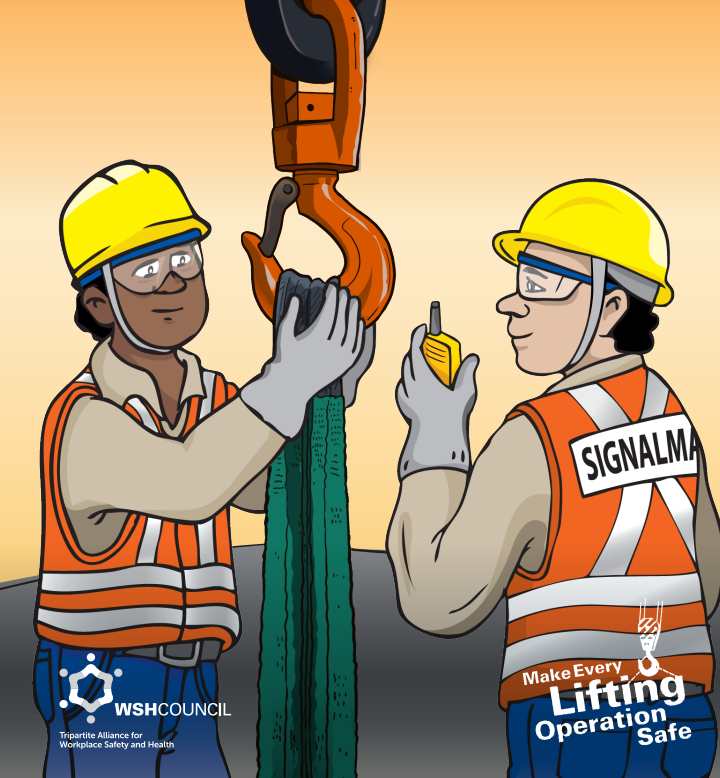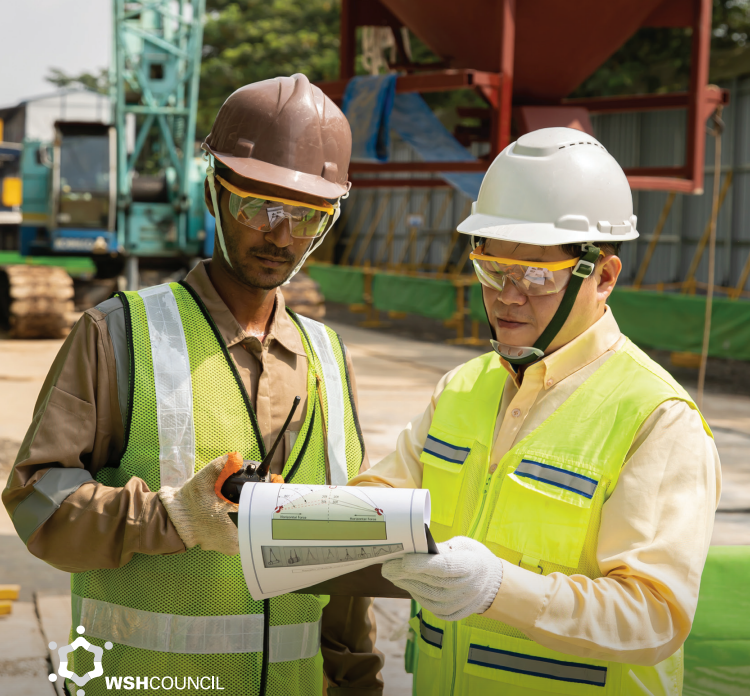
This course covers safe lifting operations, focusing on risk management, proper lifting techniques, equipment usage, and compliance with safety regulations. It aims to enhance workplace safety and prevent accidents in lifting activities.

In the Guide of Lifting Supervisors course, you will gain the skills to select the appropriate rigging methods and lifting equipment tailored to specific load characteristics and environmental conditions. By immersing yourself in real-world scenarios, you will enhance your safe operational practices. You will also learn to describe common hazards encountered in lifting operations, including unsecured loads and structural failures, while understanding the importance of risk assessment and permit-to-work systems in mitigating these dangers.

In the Worker's Safety Guideline for Rigger and Signalman course, you will master the essential skills needed to ensure safety in crane operations. By the end of this course, you will confidently apply the correct use of personal protective equipment (PPE), including helmets, identification tags, reflective vests, gloves, and safety boots for each lifting task. You will also be able to identify safe rigging practices by distinguishing between proper and improper methods, such as the use of choker hitches, shackles, and hooks, while understanding the implications of poor rigging techniques.

In the Lifting Plan Development course, you will learn how to use lifting equipment and rigging techniques. You'll gain the skills to confidently calculate and check the Safe Working Load (SWL) for different tasks. By the end of the course, you’ll know how to safely lift heavy objects, like transformers, by understanding key factors such as load radius. You’ll also learn how to account for physical and environmental factors like ground conditions and weather, helping you stay alert and prevent accidents during lifting operations.
In this course on Understanding Safety Protocols in Lorry Crane Operations, you'll embark on a learning journey to become proficient in creating a thorough Lifting Plan tailored to your specific workplace. You'll explore the important process of selecting the right equipment and assigning roles to your team, helping to make sure that operations run smoothly and safely. By the end of this course, you’ll gain valuable insights into the importance of safety devices and procedures, such as stability control mechanisms and emergency protocols, all designed to prevent accidents and ensure that your tasks are carried out successfully.